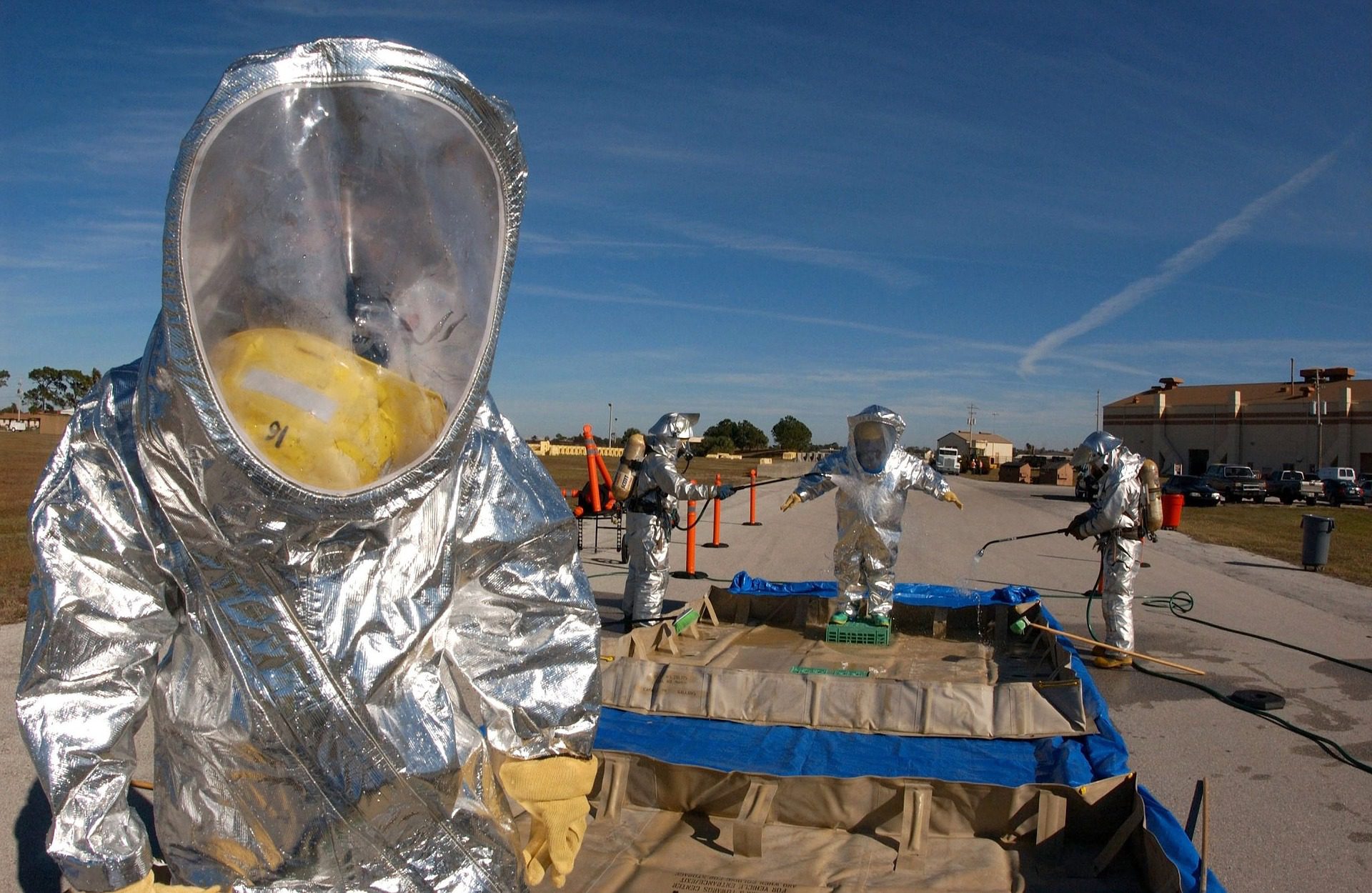
In order to safely (and legally) transport hazardous waste, one of the many necessary procedures you must follow in order to do so is filling out a waste stream profile. Essentially, this profile requires that you list all chemical properties of the waste you intend to transport or dispose of. If your business or organization manages hazardous waste in any way, keep reading to learn about the importance of waste stream profiles and why you need them.
What is a Waste Stream Profile?
Waste stream profiles are crucial for a variety of reasons, but possibly the most important is for documentation purposes – if an accident occurs, hazmat crews will need to be able to identify hazardous waste streams in order to clean the contaminated area safely.
Waste stream profiles can change, and it is necessary for your waste stream profile to stay updated so you don’t risk any penalties.
Why Do You Need a Waste Stream Profile?
There are several reasons why waste stream profiles are important, but the top three reasons include cost-effectiveness to your company, the safety of your employees, and legality.
Cost-Effectiveness
Waste stream profiles that are inaccurate or don’t get updated on time will often lead to increased costs – this can include anything from additional shipping to processing fees from treatment and disposal facilities who come across undocumented changes to the waste they receive.
Safety
Maintaining your waste stream profile is not only cost-effective but an important safety measure practice for all who must come into contact with hazardous waste. Everyone handling waste, especially your employees, should be aware of any potential risks and what to do in case of a spill or accident, which can be made clear with an accurate waste stream profile.
Legality
Listing the details of your organization’s hazardous waste allows treatment and disposal facilities to have advanced notice about the waste that will be coming in. This lets them determine whether they are legally able to accept the waste, as well as the strategy they’ll have to use to manage it. Waste management options can include incineration, landfills, or further processing – some treatment and disposal facilities may not have the capability to manage certain types of hazardous waste.
What is Required Within the Profile?
The list of requirements for maintaining a hazardous waste stream profile is somewhat extensive and must be accurate and up-to-date to avoid penalties (or worse, injury to someone working accident clean-up).
Characteristics that need to be included in your profile are:
- EPA hazardous waste code
- DOT description
- Waste form (liquid, solid, sludge)
- Transportation packaging (drums, boxes)
- Odorous?
- Volatile? (and if so, its flash point)
- How the waste was created
- Chemical composition of the waste
In addition to these descriptors, there is additional information that will be required, especially if the original report has changed in any way. Some questions could include:
Is the waste stream profile active? (meaning it waste is still being generated)
Has the generation process changed in any way since last review?
Have any new chemical components been removed, replaced, or added?
Are the RCRA codes up to date? Are there codes that need to be added or removed?
Have any changes to the waste stream profile altered shipping information?
Get Guidance from the Experts
Ultimately, the intricacies of hazardous waste stream profiles are best handled with the help of a waste management expert. At MLI Environmental, our goal is to help generators with all responsibilities related to hazardous waste transportation and collection, including guidance on waste stream profiles.
If you have questions about how our experienced team can help manage your organization’s hazardous waste, please contact us today to learn more.
